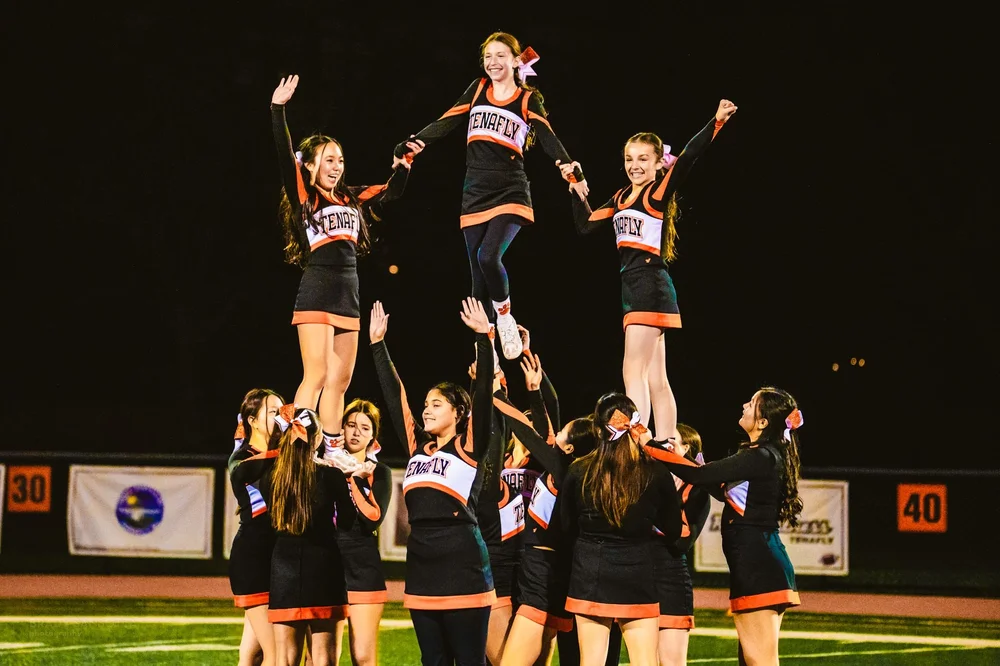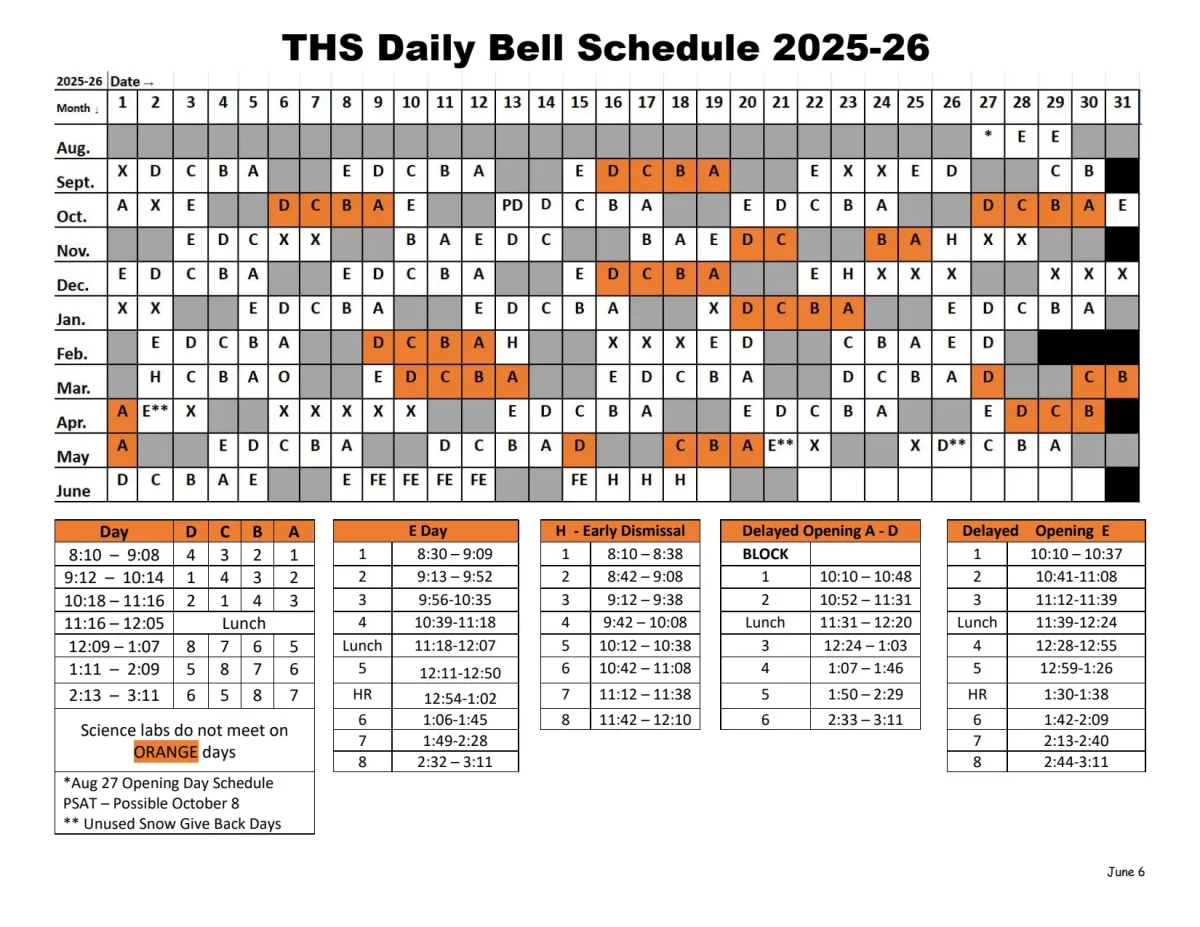Mid-December. As high school students, we eventually await this particular period with a focus that is unlikely to be matched at any other moment in our lives. For underclassmen, this particular time frame may not mean anything. For seniors, December is when college admissions decisions are released for students who applied through the Early Decision or Early Action plan. Recently, as high school seniors wrapped up their early applications, I sensed another type of anxiety around juniors and sophomores. As the Class of 2025 and 2026 began to think about the college application process, I wanted to help answer some questions they had.
What does Early Decision and Early Action mean? What is the difference?
Simply put, going through the Early Decision plan means that you are obligated to attend the institution if you are accepted. Early Decision is often associated with the term, “binding.” You are expected to withdraw all other applications once you are accepted through Early Decision.
On the other hand, if you are accepted under the Early Action plan, the decision is not binding, and you can decide on your commitment by May 1st. There are different types of Early Decision and Early Action plans, but if you choose either of those plans, you need to make sure you have done the following: you have researched the institution thoroughly, are sure that the institution is your first-choice college (Early Decision), have learned about financial aid packages, and have met the admissions profile for the college (e.g., SAT/ACT scores, GPA).
What is the difference between Early Decision I (EDI) and Early Decision II (EDII)?
Both plans are very similar in how they are binding, which means that they restrict your ability to apply to more than one institution. Attempting to break this rule can have serious consequences for both you and your high school as well.
The only difference between these two is the timeline. EDI deadlines are typically by the end of October in your senior year, and you will be able to receive your decisions in mid-December. As for EDII, the deadline is typically around January 1st, which is the same for most school’s Regular Decision plans. Of course, if you are accepted into your EDI, you are not able to apply to a school under the EDII plan.
For both EDI and EDII, three outcomes are possible: acceptance, deferral, and rejection. For those of you who aren’t familiar, a deferral means the admissions committee has not made a final verdict on your application and will reconsider you along with the RD candidates.
What is Restrictive Early Action (REA) or Single Choice Early Action (SCEA)?
REA and SCEA are plans that are not binding but only permit applicants to apply early to only one private institution. Notable schools that utilize this plan include Harvard, Yale, Princeton, Stanford, and Notre Dame.
If you are interested in any of these schools’ early action plans, read about them on their website! The guidelines of the schools that utilize these plans are highly specific. For instance, Harvard makes exceptions for applying to other private schools’ early action programs if they have a scholarship deadline (not the same as financial aid). For Yale, it allows you to apply Early Action to a private institution as long as its decision dates are after January 1st. Details aside, schools that utilize the REA or SCEA plan allow students to apply early to public universities.
Does applying early to an institution boost my chances of receiving an acceptance?
It depends on the college. SupertutorTV has a great video on which schools prioritize their ED and EA applicants. Certain schools like Tulane are well-known for their nature to mainly choose from their ED pool. In fact, 68.3% of its students got in through an ED plan.
For schools like Harvard and Yale, known for their REA or SCEA plans, there is no advantage at all. Last year, the Yale Daily News reported, “Of 7,744 early action applicants, Yale offered admission to 776 — marking the lowest acceptance rate in the two-decade history of Yale’s early action program.” While this 10% acceptance rate under the Early Action plan may seem higher than Yale’s overall acceptance rate of 4.35% for the class of 2027, this does not mean that one has a higher chance of being accepted under Early Action. For a lot of top institutions like the ivy league, ED or EA are when ALDCs apply. Coined by Harvard, ALDCs refer to athletes, legacies, students on the dean’s interest list, and children of faculty. As ALDCs and other highly qualified applicants apply during this time, the percentage appears to be higher. I would highly recommend not submitting early for the sake of a possible higher acceptance, but submitting early to those institutions when you are confident with your application.
What do Tenafly seniors have to say?
Clara Lee (’24) explained how she applied through an Early Decision plan. Lee commented about the difference between the college culture in Tenafly versus other towns: “[Applying early] is more normalized in Tenafly compared to other places. For students from lower-income backgrounds, they typically wouldn’t apply ED, so Tenafly is unusual in that aspect.”
No matter which early plan you decide to take, I highly recommend doing a lot of research. After surfing the web, utilizing a spreadsheet is a great way to keep things organized! I wish all seniors the best of luck with their college applications this year, and I want to stress the importance of self-care during these stressful times.












































































































































